Ibadan. Ibadan University Press. 1986. 48 p.
Gourds or calabashes, whether decorated or not, basically fulfil practical functions in the day-to-day activities of the pastoral Fulani women. Cut into containers of various shapes and sizes, they are used for serving food, for milking cattle and as carrier vessels. However, the decorated ones have additional value. They are highly prized objects of aesthetic value. “La calebasses est un bien de la femme Foulbe, une fois décorée, elle prend une valeur nouvelle et fait partie du trousseau”, observes Jest 1.
Whether kept together as treasures in kaakel pack or loaded on oxen and donkey backs on a journey, or proudly displayed outside the hut during ceremonies, decorated calabashes have prestigious and aesthetic properties 2. Used as containers for food, they embellish the service; as tools in the dairy woman's trade, they help to attract customers, thereby performing some economic functions. And as indicated earlier, they are also an extension of the seller's appearance and therefore an aid to personal beauty. Decorated calabasbes are so highly valued by nomadic Fulani women that they consider them as worthy presents to their daughters during marriage, the valuable equipment to start them off in their new social role.
The practical as well as the aesthetic values of the Fulani nomads decorated calabashes are irrespective of whetherthe calabashes are decorated by the nomads themselves as in the northeastern part of Nigeria and the Cameroons, or for themby their sedentary neighbours as in Hausaland. But wherethe calabashes are decorated by the Fulani for their own use, the calabashes have yet some additional artistic value; the decorations on them arethe Fulanis' onlygraphic expressions, thetruest representation of their artistic skill and vision. This is the case in northeastern Nigeria, where despite the presence of a great variety of designs produced by their neighbours likethe Terra, Pahir, Guanda, Yugur, Bata and the sedentary Fulani of Adamawa, the nomads onlyuse calabashes decorated to their own distinctive taste by theirfellow nomads.
The decorators are mainly women which further shows that the calabashes are decorated by the users. In Adamawa, they are said by Chappel to be among the Wodaabe group and they decorate calabashes for other Fulani groups like the Jafun and the Daneji. Their tools, techniques and styles of work are also pointed out as being different from those of their neighbours, for they use cold tools to engrave their designs while other peoples around them take mostly to pyro-engravings and poker works which are considered modern as opposed to the old-fashioned Fulani nomads' only technique 4.
Basically all the designs of the Fulani nomads are combinations of various abstract motifs like circles, squares, triangles and lines sometimes simple, broken or wavy which according to Jest are highly valued by the Fulani of the Cameroons.
« Les motifs géometriques semblent chers aux Foulbe. Les cercles, triangles, lignes brisées se retrouvent les murs des cases, les étoffes, les dessins de poterie. Cette decoration géometrique est certainement une expression graphique de préoccupations profondes de l'intellect Foulbe. 5 »
[ The geometrical motifs are deeply appreciated by the Fulbe. The circles, triangles and lagged lines are reproduced on the walls of their huts, materials and pottery designs. This geometrical pattern is certainly an expression of the deep preoccupations of their intellect.]
But this does not mean that the Fulani do not make use of figural motifs at all in their calabash decoration. A decorated calabash in the Nigerian national museum in Jos, (Plate 14) which I think is the same with the calabash which Chappel' says was designed by a male Fulani nomad of Daneeji group 6, has anthropomorphic, zoomorphic and seemingly flora motifs. Camels, horse riders, women pounding food in a traditional mortar and some single straight stalks of plant, with leaves stiffly arranged in pairs on opposite sides, are depicted. Nonetheless, contrary to David Heathcote's view that calabashes decorated by the Fulani for themselves have far less abstract motifs than those by the Hausa 7, calabashes decorated by the Fulani nomads of northeastern Nigeria have many abstract motifs.
 Plate 14. A decorated calabash of the nomadic Fulani with figural motifs (Jos Museum). |
 Plate 15. A Fulani calabash with spiky abstract designs, phtographed in Biu area. |
Chappel has rightly pointed out the two basic styles in the calabash decorations of the nomadic Fulani of Adamawa and has also associated each style to a specific district 8. The nomadic Fulani designs from Balala district are, according to him, spiky with their motifs engraved round the calabashes, starting from the rim and going freely towards the base of the object. The motifs employed there are said to relate to the face markings of the people, their elements named like the components of the face markings whose names derive from their positions on the face (Plates 15 & 18). The designs from Girei district, on the other hand, are said to be complex, having nothing to do with the face markings (Plates 19-20).
 Plate 16. A Nomadic Fulani calabash decorated with spiky abstract designs, photographed in use in Potiskum area. |
 Plate 17. A more densely decorated calabash belonging to a Nomadic Fulani woman of Potiskum area. |
Both styles are said to have originated from different parts of Borno and it is true that the same kind of calabash decorations are found with the Fulani nomads throughout the entire northeastern part of Nigeria from Adamawa to Borno and even beyond the country's border with Niger. The stylistic phenomena are therefore not confined to Adamawa, south of the northeast area. How long the designs may have been adopted is not known. It is however certain that some of them have been in vogue in the 1950s. The picture of a nomadic Fulani milk vendor published by Stenning in 1959 shows a calabash with the spiky designs 9.
 Plate 18. A Meringa market scene, note the typical Fulani woman seated next to her calabash. |
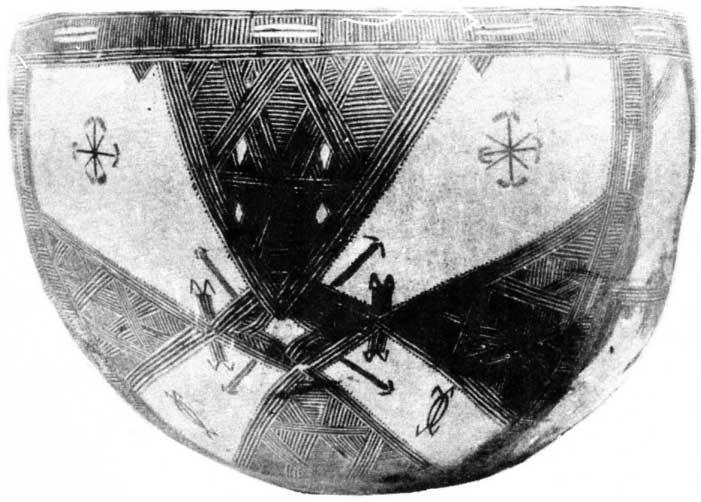 Plate 19. An elaborately decorated calabash owned by a nomadic Fulani woman of Potiskum area. |
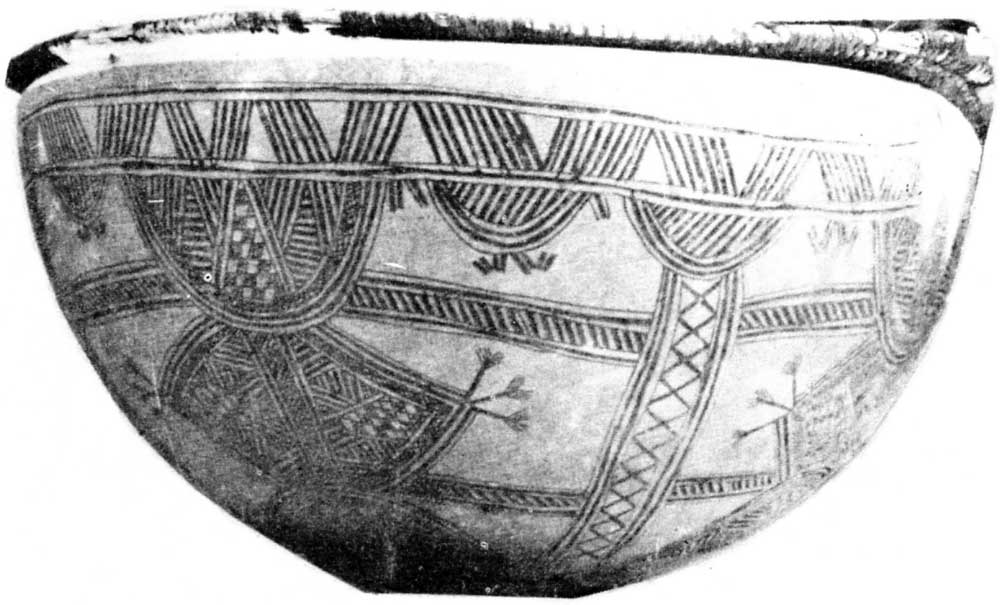 Plate 20. A heavily decorated nomadic Fulani calabash (Ethnographic collection, Institute of African Studies, University of Ibadan.) |
Besides northeastern Nigeria, where each ethnic group decorates calabashes for the use of its members, there are still some other notable calabash decoration traditions in Nigeria. The Hausa (Plate 21), the Yoruba of Oyo, and the Tiv all decorate calabashes. In fact, calabash decoration is likely to be a very old craft in the country because there is evidence that the makers of Igbo Ukwu bronze objects (c. A.D. 850) made use of calabashes, pieces of which have been found buried with some metal handles. The designs on the cast yaetal representations of half calabashes cormon in Igbo Ukwu archaeological finds (Plate 22) are also suggestive of ornamental designs of some crafts, possibly calabash decorations. In some ways the designs of all these other Nigerian calabash decorations are similar while the nomadic Fulani decorations of northeast are distinctive and not close to any of them.
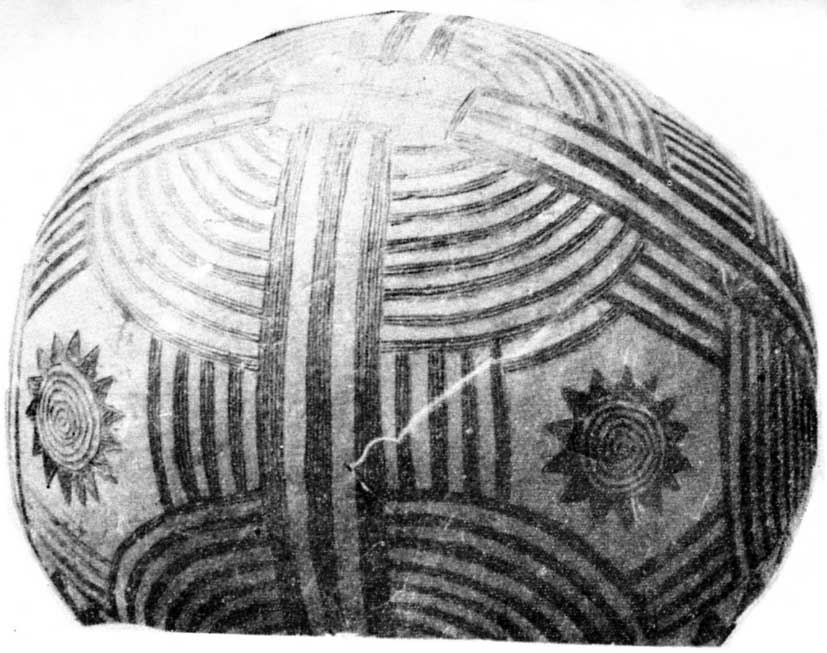 Plate 21. A pyro-engraved calabash decoration by a Terra, photographed in use in Terra market, between Gombe and Biu. |
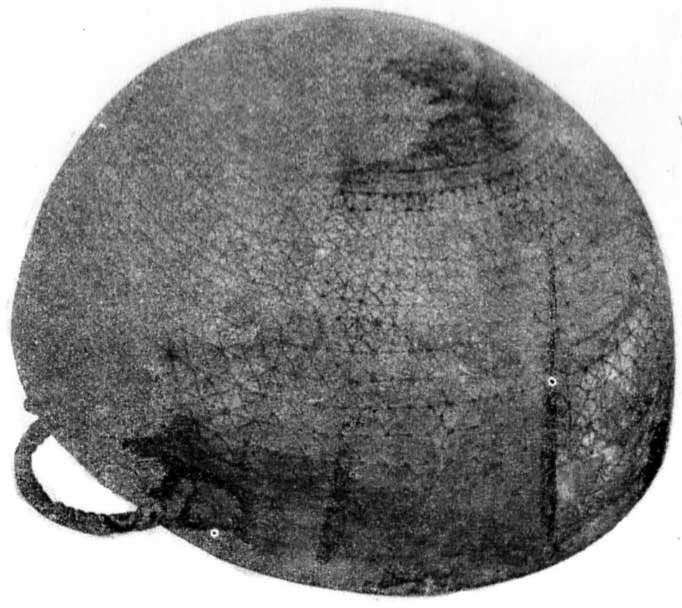 Plate 22. An Igbo-Ukwu cast metal container in the form of a decorated calabash. |
Besides those of the Fulani nomads, most calabash decorations of Nigeria already mentioned, together with those of the sedentary noighbours of the Fulani notnads in northeastern Nigeria, are characterized by the sub-divisions into which the fields of designs, whether the entire surfaces of the calabashes or part of them, are broken to encase whatever motifs used in the decorations, These laid-out smaller spaces encroach on the individual effects of the motifs. Each motif has no life of its own, it only contributes, together with other motifs used, to the overall effect of the decorations. Whether the motifs are repeated or varied, abstract or figural, their individuality is submerged in the total decorative effect of the designs. Usually the motifs are rendered in masses of comparatively thicker lines than those of the Fulani nomads which make the designs appeav deeply fixed below the levels of their background.
A good example of such decorations is a calabash cup made for a Pabir child (Plate 23). The entire swface of the calabash is designed. It is divided into courses of varying widths round the calabash from the rim to the centre which is made into a circle. The circle at the centre encases a quatrelobate motif with a series of circular lines surrounding the circle which are followed by a round course designed into two rows of chains of triangles, the engraved ones dovetailing Into the ones resulting from the uncarved background. After some other courses of lines and spaces in varying thicknesses round the calabash, the widest encircling course on the calabash is designed into various lines made across its width. Three round courses of lines, two engraved, separated by one of uncarved background, are next to the widest round space. And finally, round the rim are two courses of a chain of triangular motifs which are smaller but are made in the same way as the chain triangle designs near the centre of the calabash. Either the engraved patterns or the untouched background could serve as the decorations of the calabashes and no individual motif appears to be given particular attention. Neither is there any identifiable unified background.
The Fulani nomads, on the other hand, do not define spaces for their motifs. After the rim decorations, individual motifs are made to define their spaces. In the case of the spiky designs (Plates 15, 16, 17 & 18), the motifs appear to radiate from their positions on their undivided background spaces to all directions, seemingly floating but energetic. These complex and elaborate designs are made with their motifs linking up with each other to form a network over a unified background. Circles, squares, lines and triangles run into one another on their common background. The motifs, particularly in the spiky designs, seem to amply extend and grow into a free wide space, the fine thin lines of which they are made, certainly contributing to their lightness. The motifs, basically made of abstract shapes, assume the organic and lively properties of figural motifs. They seem to exist like men, animals, trees and houses. The field of design is their world.
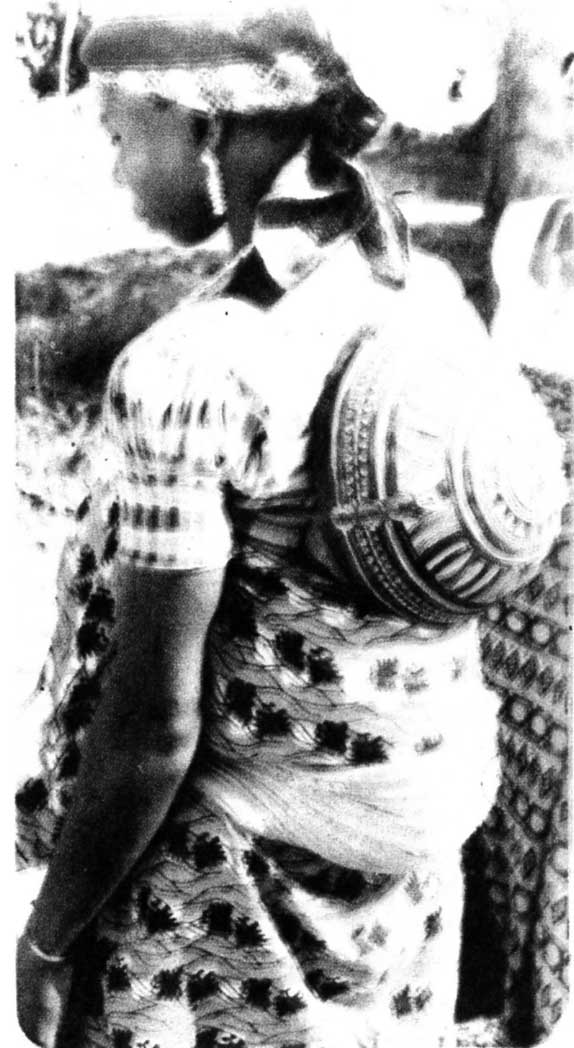 Plate 23. A calabash used as a baby head shield by Pabir woman near Biu. |
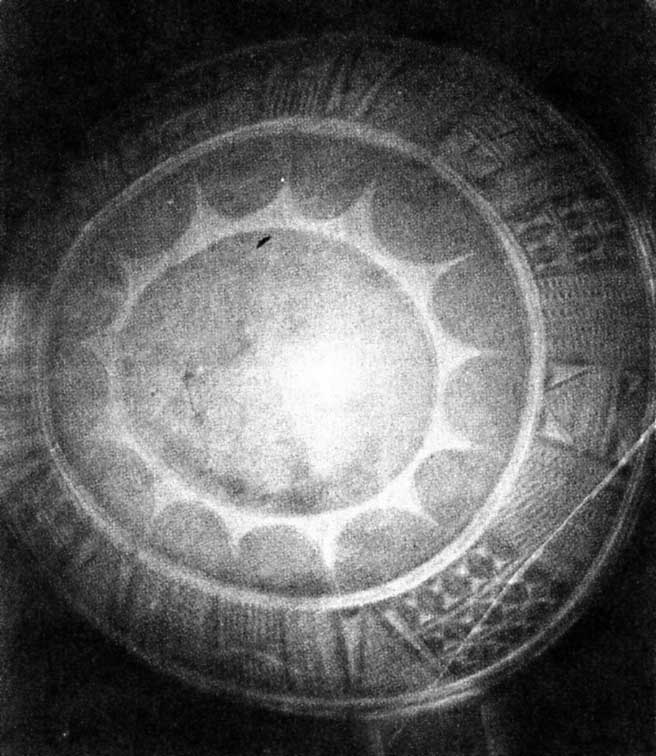 Plate 24. A typical- Hausa calabash (National Museum, Benin Caty). |
Chappel, basing his stand on his own observations, as well as that of Parrinder, in respect of the Hausa, stated that the calabashes represent the universe, as well as spaces in which their owners exist 10. The rounded shapes of the calabashes are said to represent the completeness of the universe and this to him is reinforced by the graphic representation of the sun on some Fulani calabashes, the inverted container standing for the round dome of the heavens. To buttress his argument, he also cites Parrinder's observation that among the Hausa, the two halves of a bisected gourd stand for the sky and the earth. Finally, he associates the calabashes with the huts referring to the domestic items in the hut commonly depicted in the interior of the calabashes of the settled Fulani in Adamawa.
It is not unlikely that the same line of thought led Brain to ascribe some symbolic meanings to the Fulani calabash decorations in general. According to him:
The choice of symbols and signs on the calabash reflects the passionate care with which the Fulani have worked out their relationship with nature and the universe. They reflect their ideas of God, family, fertility, social rank, milk, cattle, water and tracks 11.
All these interpretations of the nomadic Fulani calabash decoration are plausible. I would only add one or two things. The field of design of the nomads' decorations, unified and undivided as the background to the motifs, reflects the nomadic Fulanis' attitudes towards land, the territories in which they operate and their ownership. As I have indicated in the introduction, they do not lay claim to any place and they stay in a particular place only for as long as the place is suitable for them. Neither do they want to be bothered by their sedentary neighbours over the ownership of the areas they occupy, hence their reluctance to honour any civic responsibility demanded of them by landowners or modern governments. The division of the field of designs into smaller areas for different motifs by other Nigerian calabash decorators can, in the same thinking, be likened to their own tendency towards ownership of the spaces they occupy.
The savannah region, in which the nomadic Fulani live is a sparsely wooded grassland, seemingly reflected in the spaced patterns of their decorations. Each motif unit, particularly the spiky designs, calls to mind how far apart nomadic Fulani camps are from one another; while the elaborate network in the second style can stand for the realization for togetherness which makes Fulani groups occasionally come together, particularly in the rainy season. The fine lines with which all their motifs are engraved echo the typically slim and moderate features which the Fulani nomads cherish in themselves and are identified with by other people.
In sum, these calabashes are mirrors which can be said to symbolize certain important aspects of the nomadic Fulani life and world; the nomads themselves, their mode of life, and all the things notable to them in the expansive grassland region dotted by them, their households and cattle with their agricultural neighbours around them. Certainly, the designs are of high decorative and expressive value, radiant with individually vital elements. They are the manifestation of the nomads' artistic ideas and capability of their execution, especially in the regions where their needed artistic materials cannot be satisfactorily met from outside.
Notes
1. Jest, 1956, p. 116.
2. Chappel, 1977, pp. 24-28.
3. Ibid.
4. Chappel, 1977, p. 34.
5. Jest, 1956, p. 116.
6. Chappel, 1977, pp. 65-67, showing good diagrams of the figural motifs.
7. David Heathcote, The Arts of the Hausa. A Commonwealth Institute Exhibition, World of Islam Festival, London: World of Islam Festival Publishing Company Ltd., 1976, p. 46.
8. Chappel, 1977, p. 44.
9. Stenning, 1959, p. 1.
10. Chappel, 1977, p. 22.
11. Brain, 1980, p. 60.